New Scientist covers the latest developments in science and technology that will impact your world. New Scientist employs and commissions the best writers in their fields from all over the world. Our editorial team provide cutting-edge news, award-winning features and reports, written in concise and clear language that puts discoveries and advances in the context of everyday life today and in the future.
Elsewhere on New Scientist
The big if • An explosive result in particle physics could change everything – maybe
New Scientist
Child hepatitis mystery • An unexplained rise in liver disease among young children is being investigated in the UK, reports Clare Wilson
Chernobyl spikes called into doubt
Shock result stuns physicists • The W boson is slightly heavier than we think it should be, according to data from Fermilab – and that could overturn our understanding of the universe, reports Alex Wilkins
Ancient computer may have had its clock set to 23 December 178 BC
Astronomers have spotted the most distant galaxy ever
Mobile phones as weapons • The way phones ping signals to communications towers is allowing Ukrainian and Russian soldiers to track the movements of opposition forces, finds Chris Stokel-Walker
Ancient Chilean tsunami scared local people away from coast for 1000 years
Fast-moving stars probably come from other galaxies
The Helsinki neighbourhood leading the way to zero-carbon cities
Is Amazon going to dominate space? • Its massive order for rocket launches over the next five years has gobbled up much of the global market, but it could spur new opportunities, says Paul Marks
Female wētās have two sets of genitals and eat ejaculate
How LFTs really work • As England changes its guidance around testing for covid-19, Clare Wilson looks at how lateral flow testing works
The plan to challenge aliens to a very slow game of chess
Male crossbills grow redder feathers when they exercise
UK jumps on crypto bandwagon • The UK government is going to launch a range of NFTs, and reactions to the plan have been mixed, reports Matthew Sparkes
Map created of brain changes from pre-birth to old age
Anchovies stirring up the sea may alter ocean mixing
Solar panels that can work at night
Fabric conditioners cut microfibre leak
Really brief
Triceratops was stabbed in the head
Robotic nurse can dress a mannequin in a gown
Rat pups born from lab-grown sperm
Mysterious beasts • Despite two centuries of incredible discoveries, there are some things we will never know about dinosaurs, says David Hone
Field notes from space-time • Taking on the invisible universe Dark matter is now my focus, but the difficult problems of dark energy and cosmic acceleration are still on my mind, writes Chanda Prescod-Weinstein
Winning shots
Your letters
Romancing the science • Is studying love still regarded as a lightweight option? A moving story of two neuroscientists who fall in love makes a strong case against that, says Elle Hunt
Truth and lies • The intriguing origin story behind the polygraph test should make us worry about extending its use, says Chris Stokel-Walker
Don’t miss
The film column • Stan’s secret mission The intelligent, moving Apollo 10½ is an animation about the fantasy world of a child obsessed with the space race. It took 18 years to make, and ended up owing as much to a movie pioneer as to high tech, says Simon Ings
The never-ending infinity story • Mathematicians might have finally made a breakthrough on a problem that has been baffling them for 150 years, says Timothy Revell
A RATIONAL PAIRING
IS INFINITY REAL?
Accountably...
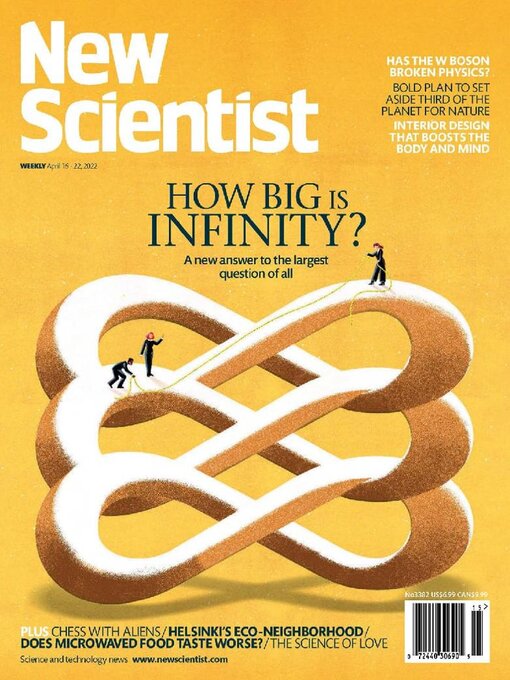
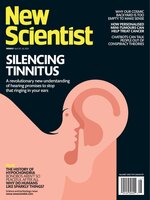 Apr 20 2024
Apr 20 2024
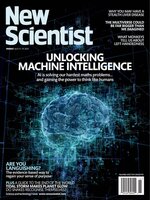 Apr 13 2024
Apr 13 2024
 Apr 06 2024
Apr 06 2024
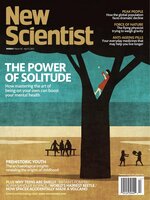 Mar 30 2024
Mar 30 2024
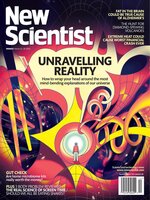 Mar 23 2024
Mar 23 2024
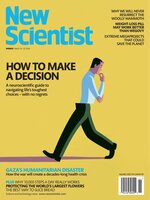 Mar 16 2024
Mar 16 2024
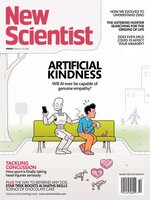 Mar 09 2024
Mar 09 2024
 Mar 02 2024
Mar 02 2024
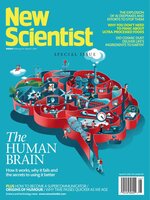 Feb 24 2024
Feb 24 2024
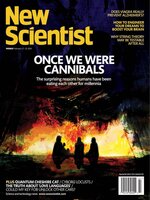 Feb 17 2024
Feb 17 2024
 10 Feburary 2024
10 Feburary 2024
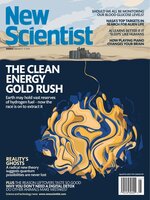 Feb 03 2024
Feb 03 2024
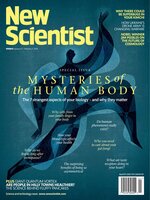 Jan 27 2024
Jan 27 2024
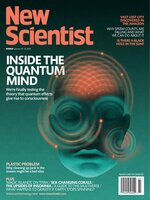 Jan 20 2024
Jan 20 2024
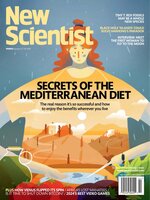 Jan 13 2024
Jan 13 2024
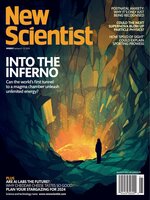 Jan 06 2024
Jan 06 2024
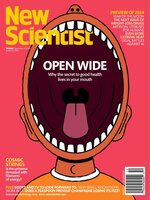 Dec 30 2023
Dec 30 2023
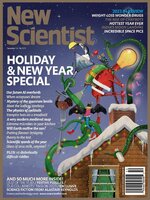 Dec 16 2023
Dec 16 2023
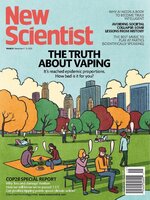 Dec 09 2023
Dec 09 2023
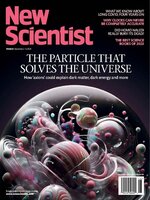 Dec 02 2023
Dec 02 2023
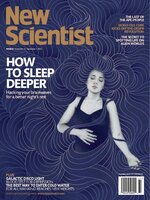 Nov 25 2023
Nov 25 2023
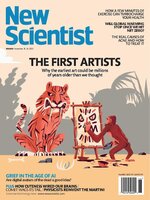 Nov 18 2023
Nov 18 2023
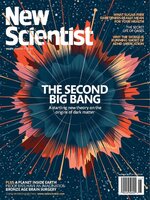 Nov 11 2023
Nov 11 2023
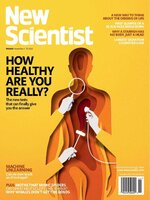 Nov 04 2023
Nov 04 2023
